Chosen theme: Organic Treatments for Upholstered Eco-Friendly Furniture. Welcome to a cozy corner where natural care meets beautiful design. Together we will revive cushions, banish stains, and protect fabrics with plant-based methods that honor indoor air quality and the planet. Enjoy, comment with your questions, and subscribe for weekly green-care updates.
Start with the Fabric: Gentle Principles for Green Upholstery Care
Conventional solvents and fragrance-heavy sprays can release volatile organic compounds that linger indoors and irritate sensitive lungs. Choosing mild, biodegradable ingredients preserves indoor air quality, protects waterways after laundering, and extends the life of your upholstery’s fibers and natural latex or plant-based cushioning beneath.
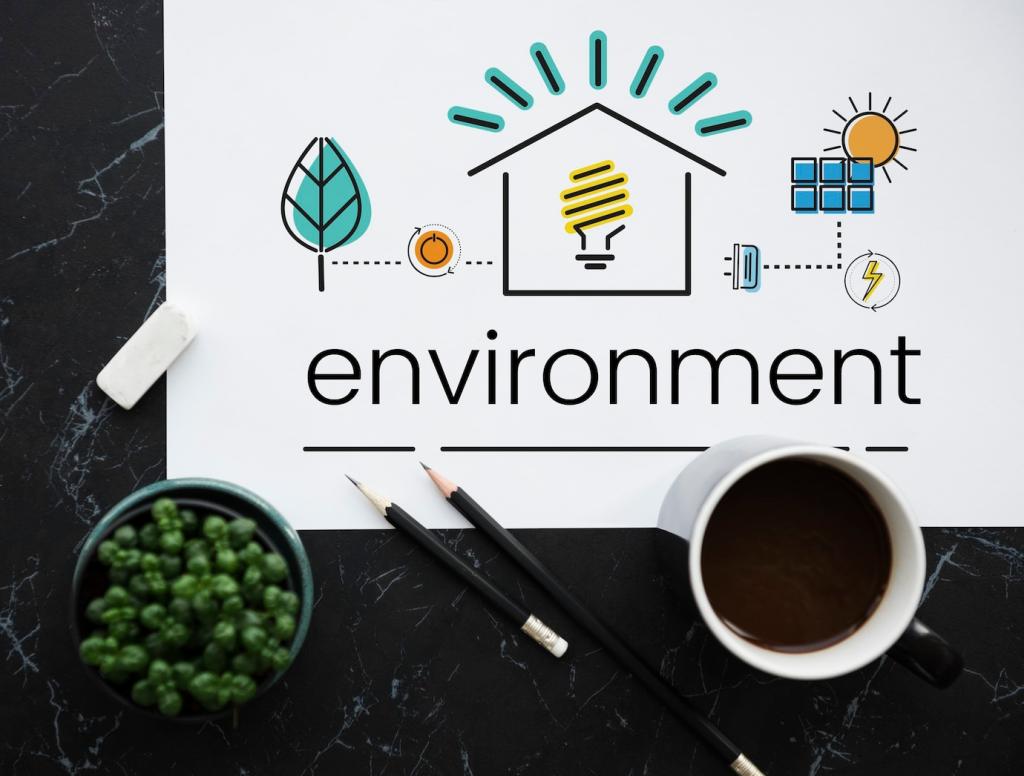

Start with the Fabric: Gentle Principles for Green Upholstery Care
Natural fibers react differently to moisture, heat, and pH. Cotton and linen tolerate gentle, pH-neutral cleansers; hemp is sturdy yet still benefits from minimal wetting. Wool dislikes strong alkalinity and high heat. Blends may contain recycled polyester that dries faster but needs low-friction techniques to prevent pilling and distortion.
Plant-Based Cleaners That Actually Work
Castile soap solution for everyday soil
Mix one teaspoon of unscented castile soap into 500 milliliters of warm distilled water. Lightly mist a clean cloth, then blot the fabric, lifting grime without soaking cushions. Follow with a second cloth slightly dampened with plain water to remove residue, and finish by pressing with a dry towel.
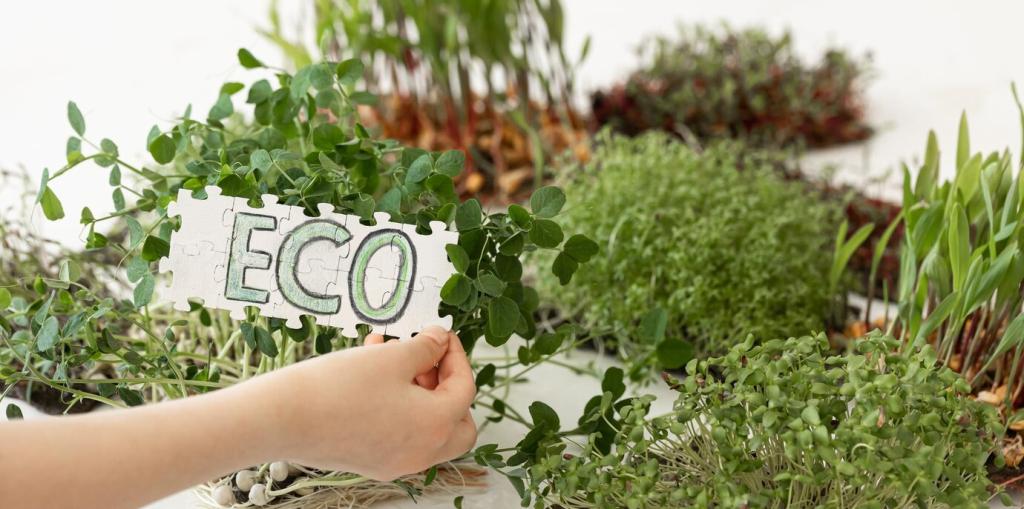

Vinegar and baking soda, used smartly and separately
Use a fine dusting of baking soda to deodorize; allow it to rest, then vacuum thoroughly. For mineral odor control, wipe with a dilute white vinegar solution, avoiding wool and silk. Do not combine vinegar and baking soda in one go; neutralization reduces cleaning power and can cause messy foaming.
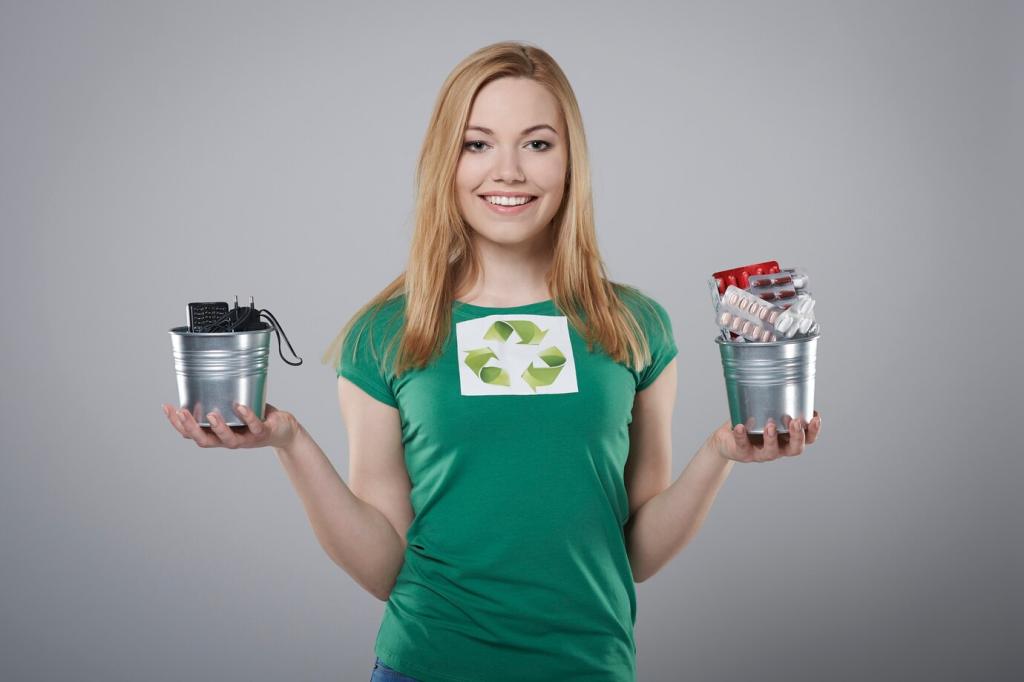
Tannin trouble: tea, coffee, and red wine
Blot immediately with a dry cloth, then treat with a mild castile solution. For pale, colorfast fabrics, an oxygen-based bleach (sodium percarbonate) in cool water can lift tannins gently. Avoid chlorine and heat that may set stains. Rinse by blotting with water and dry with airflow, not direct sun.

Oily spots from butter, body lotion, or salad dressing
Sprinkle cornstarch or arrowroot over the fresh spot, letting it absorb oils for at least thirty minutes. Vacuum, then blot with a dilute castile solution. For stubborn residues, a tiny amount of citrus terpene cleaner can help; always patch test, work quickly, and neutralize by blotting with plain water afterward.

Pet accidents and persistent odors
First, blot thoroughly to remove moisture. Apply a plant-based enzymatic cleaner, allowing recommended dwell time. After lifting residue, blot with a mild vinegar solution if fabric-safe to tackle odor-causing compounds, then follow with water. Finish by sprinkling baking soda once dry, vacuuming later. Share your results or questions in the comments.
Protection and Revival Using Natural Treatments
Condition wooden arms or legs with a blend of beeswax and a light plant oil, such as linseed processed for furniture. Apply thinly, buff well, and prevent migration onto fabric by masking edges. This simple ritual renews luster while supporting a cohesive, natural look across your sustainable seating.
Protection and Revival Using Natural Treatments
Choose a water-based, fluorocarbon-free protector verified by credible certifications and designed for upholstery. Apply lightly, in two thin coats, with generous drying time. These formulations bead liquids without trapping harmful chemicals indoors, offering practical resistance while remaining aligned with eco-friendly furniture values and mindful indoor air practices.
Protection and Revival Using Natural Treatments
Rotate and flip cushions monthly to distribute wear evenly. Air pieces near open windows, avoiding harsh midday sun that can fade botanical dyes. Gentle airflow after cleaning prevents mustiness and supports the longevity of natural fiber fillings, from cotton batting to responsibly sourced, low-VOC foam alternatives.
Tools and Techniques for Low-Impact Cleaning
Use a vacuum with a HEPA filter and soft upholstery brush weekly. Slow, overlapping passes remove dust and pollen that degrade fibers over time. Keeping particulates low supports sensitive households and helps plant-based fabrics maintain color depth and surface integrity without aggressive scrubbing.
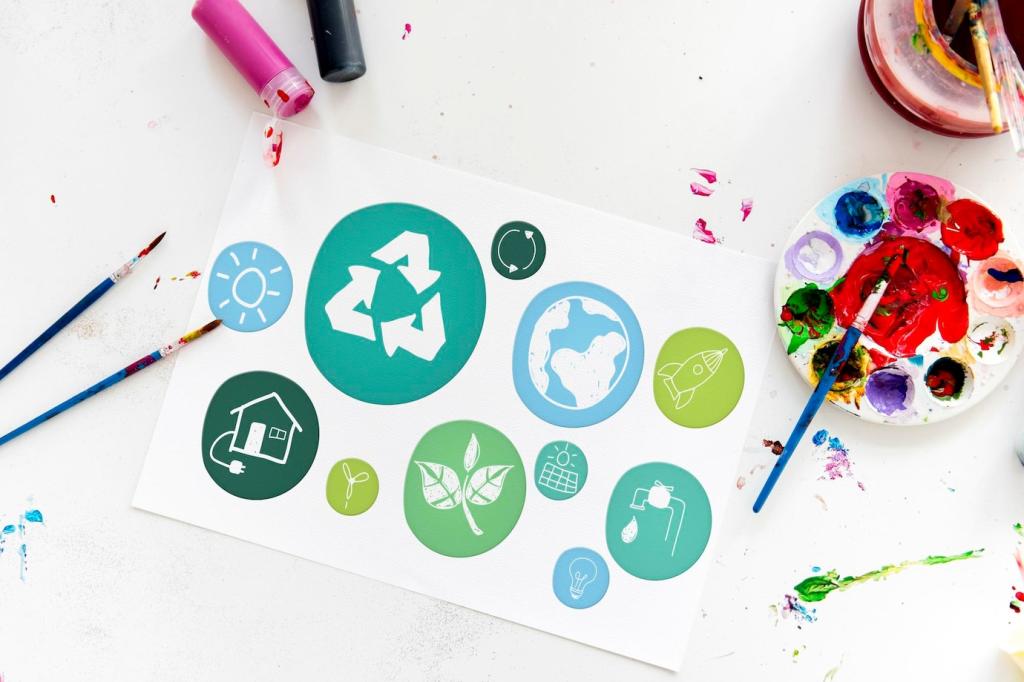
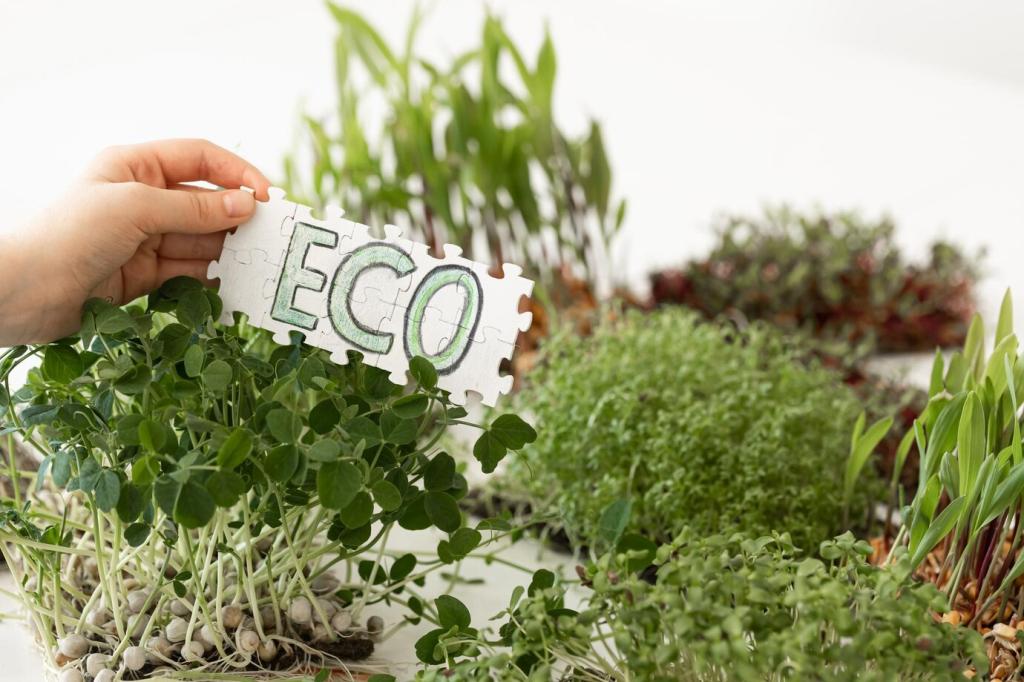
Tools and Techniques for Low-Impact Cleaning
Light, targeted steaming can release wrinkles and lift light soil, but never saturate cushions. Keep the nozzle moving, hold at a safe distance, and avoid wool or delicate botanical dyes. Always follow with airflow and blotting if condensation appears to maintain fiber resilience and prevent water rings.

This is the heading
Lorem ipsum dolor sit amet, consectetur adipiscing elit. Ut elit tellus, luctus nec ullamcorper mattis, pulvinar dapibus leo.

This is the heading
Lorem ipsum dolor sit amet, consectetur adipiscing elit. Ut elit tellus, luctus nec ullamcorper mattis, pulvinar dapibus leo.
Combine 500 milliliters distilled water with one teaspoon unscented castile soap in a reusable bottle. Optional: one drop true lavender for scent, only if no sensitivities. Always shake gently, spot test, spray onto cloth (not fabric), blot soil, then follow with water-damp cloth and dry towel.
Checklists, Recipes, and Community
Mix one cup baking soda with a tablespoon of finely ground, unscented rice flour to improve flow. Sprinkle lightly, wait thirty minutes, then vacuum thoroughly. This simple blend absorbs stale odors without synthetic fragrances, keeps cushions fresh, and is safe for most fabric types when used sparingly.
